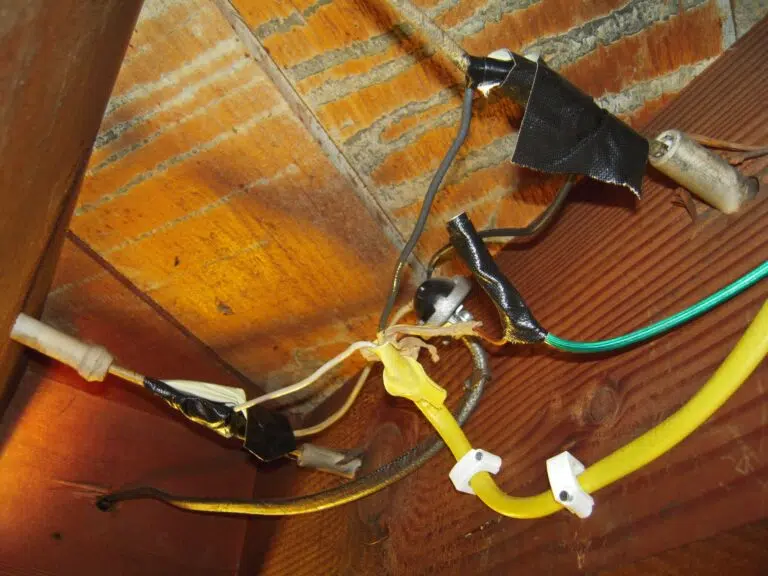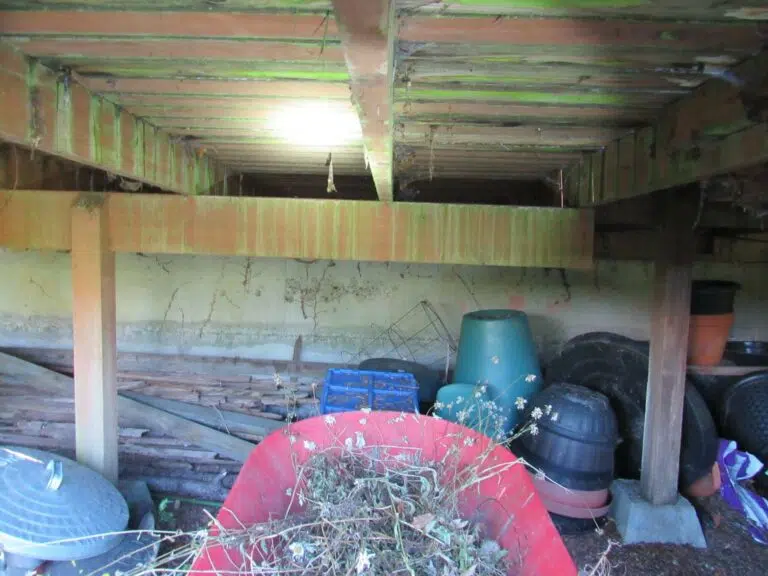Reporting on mold conditions noted during a home inspection can be tricky for myriad reasons.
There is no one way to go about writing a mold comment and likely many correct ways. This article unpacks a strategy I used recently to try and cover all the contingencies in a single comment as well as make the comment useful for future situations. As I started to write this comment, I first thought about the critical points needed for a solid mold comment.
- I wanted to make it clear that mold is beyond the scope of this inspection. If you offer mold testing as part of your inspections, this is a great opportunity to sell that service. If you don’t, you want to make it clear that testing for and evaluation of mold is beyond the scope of your inspection.
- In general with mold, I try and refrain from calling it mold. I often use the term mold-like substances. There are others, such as microbial growth. You choose. But I figured I wanted this wishy-washy language at least somewhere in my comment.
- I wanted to explain that mold was the result of a moisture control problem and that there could be more than one contributing factor causing the mold growth in the building.
- I wanted to use gunnysacks and text replacement so the comment could be quickly re-fitted for other jobs.
- I wanted to be able to point out why I thought mold was happening in this building so that I could help my client understand at least some of the causes of these moisture control problems.
- I wanted to leave some direction as to how to handle the problem without micro-managing it. I do not always think mold specialists are needed and I have met several mold specialists over the years whose true specialty seemed to be separating the client from their money. I wanted to leave other options on the table.
So let’s see what I wrote and see how maybe I could do better or improve on this. The first part of the comment started off with this. Note that the area in italics and bold font is text replacement where I can add common locations.
Mold-like substances were noted on exterior walls of the closets, on exterior walls of the building, on windows, and in the basement. Organic growth is likely to form on interior surfaces that are prone to ongoing condensation problems. Condensing surfaces can be tricky to control. Repair can necessitate a sequence of steps to reduce indoor humidity and improve ventilation and space heating. Once moisture control has been implemented, mold-like substances will need to be cleaned, removed, or sealed. During the inspection, a number of different contributing factors were noted.
That general statement got me a number of things on my list above, but now I wanted a gunnysack that listed all the different repairs that could be made to reduce the risk of condensing surfaces, so I used this gunnysack below.
Then, I finished the comment with this last short paragraph where I really get down to my recommendation.
Please note that an evaluation of mold is beyond the scope of this inspection. If you are concerned about molds or indoor air quality, industrial hygienists and other specialists can be hired for further investigation. In my experience these services are best utilized for chronic problems. Qualified contractors are often capable of handling these types of moisture control problems, especially if they are smaller and more localized. The EPA even suggests that areas less than 10 Sq./ft. can be cleaned up yourself. Hire a qualified party to implement repairs as deemed necessary.
The following video shows how this all works.
This shows what the comment looked like in the finished report. Now that I have this built, I should be able to handle any new mold finds in a matter of seconds. I expect this will keep evolving as different future mold finds will force me to alter this comment slightly, but I think this provides a solid foundation for which I can just use a single comment for all mold finds in the future.








